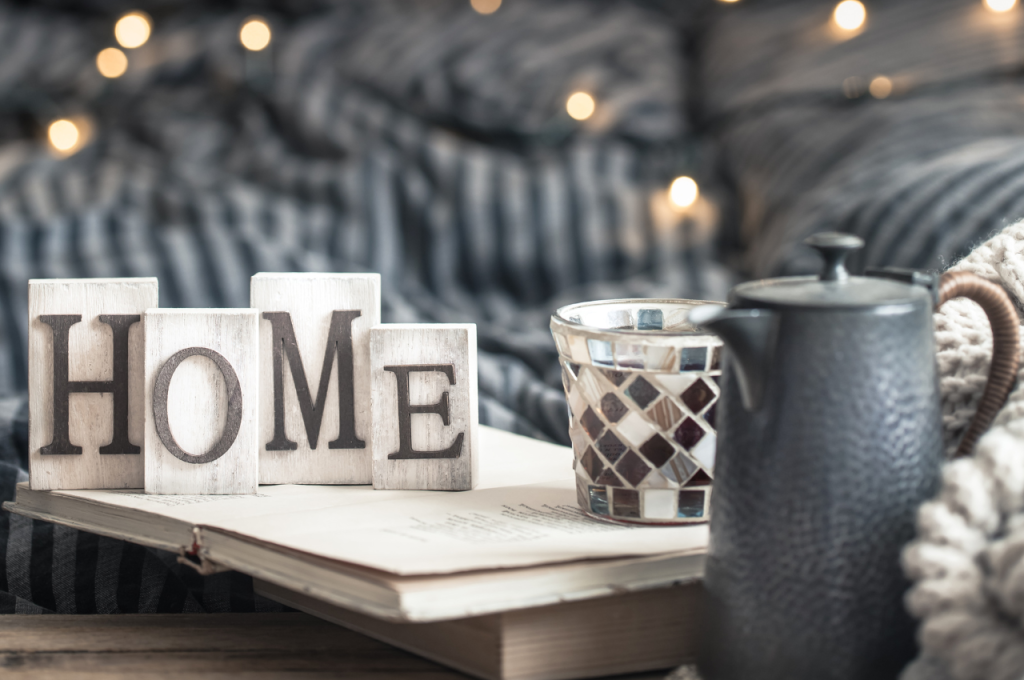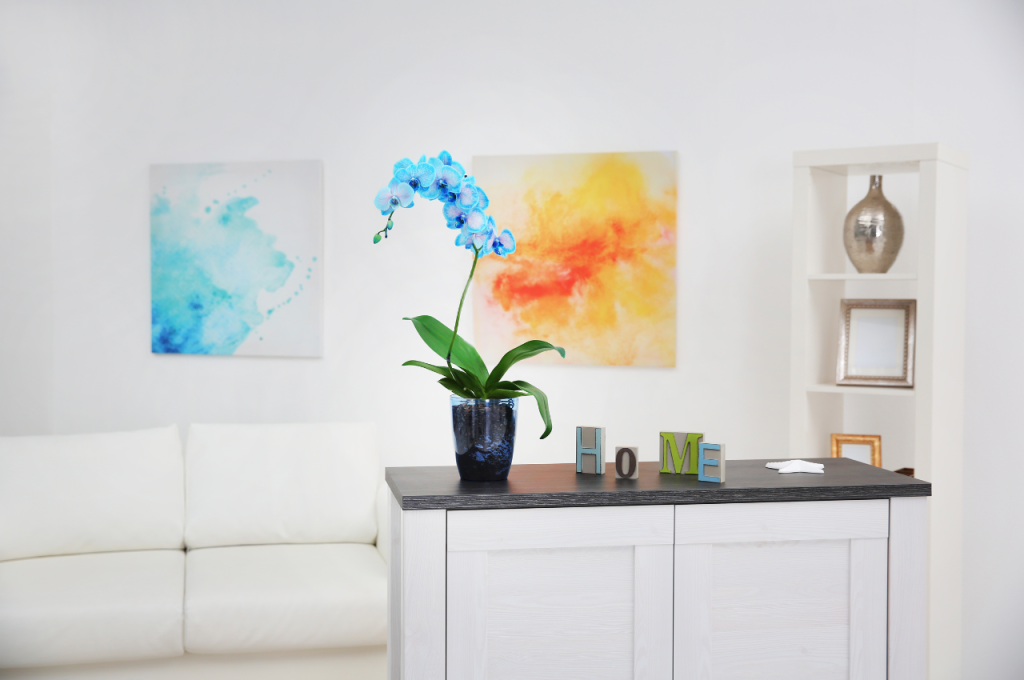To decorate a house, the cost can vary widely based on factors such as the size of the house, the quality of materials, and the scope of the project. Expenses could range from a few thousand dollars for minor updates to tens of thousands for a complete overhaul.
Factors such as paint, furniture, flooring, lighting, and accessories all contribute to the overall cost. The specifics of the project and the desired level of finish will determine the exact price. It’s important to establish a clear budget and prioritize where to allocate funds to achieve the desired results within the established financial framework.
Designing and decorating a house can be an exciting endeavor, but it also comes with a price tag. The cost to decorate a house depends on various elements such as size, materials, and the scale of the project. From minor upgrades to extensive overhauls, expenses can range from a few thousand to tens of thousands of dollars. Factors like paint, furniture, flooring, lighting, and accessories all contribute to the overall expenditure. The specific project requirements and desired level of finish will dictate the precise cost.
Factors Influencing Decoration Costs
When embarking on a decoration project, understanding the factors that influence costs is crucial for effective budgeting and decision-making. From the quality of materials to the scope of the project, various factors can impact the overall expenses.
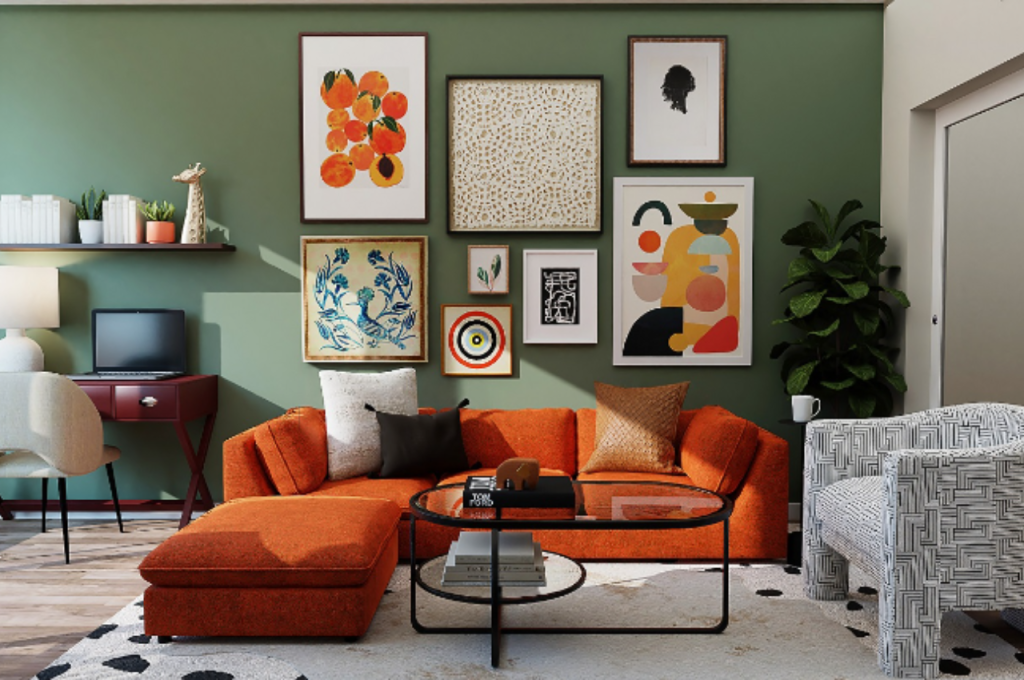
Size of the House
The size of your house plays a crucial role in determining decoration costs. Larger homes often require more materials and furnishings, which can significantly increase expenses. On the other hand, smaller spaces tend to be more budget-friendly in terms of decorating.
Quality of Materials
When it comes to decorating your home, the quality of materials has a direct impact on costs. Opting for high-quality materials can elevate the overall aesthetic and longevity of your décor, but it also comes with a higher price tag. Conversely, using more affordable materials can help reduce expenses.
Complexity of Design
The complexity of design influences the total cost of decorating a house. Elaborate designs, intricate patterns, and customized elements can drive up expenses due to the time and labor involved. Alternatively, simpler designs and minimalistic approaches can be more cost-effective.
Setting A Realistic Budget
Setting a realistic budget is the cornerstone of any successful decoration project. Whether you’re revamping a single room or renovating your entire home, understanding your financial constraints and priorities is essential for making informed decisions and avoiding overspending. In this comprehensive guide, we’ll walk you through the step-by-step process of setting a realistic budget for your decoration project, empowering you to achieve your design goals without breaking the bank.
Assessing Your Financial Situation
Before diving into house decoration, it’s crucial to evaluate your financial standing. Consider your income, savings, and any other financial commitments. Be realistic and ensure your budget doesn’t strain your finances.
Researching Market Prices
Conduct thorough research on the current market prices for home decoration essentials. Look for the average costs of items such as furniture, paint, and decor accessories. This will help you set a more accurate budget.
Allocating Funds Wisely
Once you have a clear understanding of the market prices, allocate funds wisely. Consider prioritizing essential items and allocating more budget to high-impact areas like the living room or bedroom. This ensures that your budget is used effectively, maximizing the impact of your decorating endeavors.
Affordable Decoration Strategies
Looking to decorate your house on a budget? Discover affordable strategies to spruce up your space without breaking the bank. Find out the ideal cost for decorating a house and explore budget-friendly options to transform your home.
Diy Projects
When working on a budget, DIY projects can be incredibly helpful in your decorating endeavors.
Upcycling Furniture
Revitalize old furniture with the art of upcycling to breathe new life into your space.
Utilizing Second-hand Items
Second-hand items can bring charm to your space without breaking the bank.
Shopping for Discounts
Look for discounts and sales to save money on decor pieces. When it comes to decorating a house, ‘Affordable Decoration Strategies’ can be a game-changer. DIY projects, upcycling furniture, utilizing second-hand items, and shopping for discounts are smart ways to save money while achieving a stylish look.
Cost-effective Tips for Each Room
When it comes to decorating a house, it’s important to strike a balance between style, functionality, and budget. Each room in your home plays a unique role, and therefore, requires a different approach when it comes to cost-effective decor. In this blog post, we will explore cost-effective tips for decorating the living room, bedroom, kitchen, and bathroom, ensuring that you can create a beautiful and inviting space without breaking the bank.
Living Room
The living room is often the focal point of a home, where you gather with family and entertain guests. To decorate this space without spending a fortune, consider the following tips:
- Create a focal point with a statement piece, such as a bold-colored sofa or an eye-catching piece of artwork.
- Use accessories, such as throw pillows and rugs, to add color and texture to the room.
- Repurpose or upcycle furniture to give it a new life and save money.
- Shop at thrift stores or online marketplaces for affordable yet stylish decor items.
- Use lighting strategically to create ambiance and highlight key areas of the room.
Bedroom
Your bedroom should be a sanctuary, a place where you can relax and unwind. Here are some cost-effective tips for decorating your bedroom:
- Opt for neutral colors for the walls and bedding, as they are timeless and versatile.
- Invest in a comfortable mattress and pillows for a good night’s sleep.
- Create a cozy atmosphere with soft lighting, such as bedside lamps or string lights.
- Add personal touches, such as photographs or artwork, to make the space feel more inviting.
- Consider DIY projects, like painting old furniture or making your own headboard, to save money.
Kitchen
The kitchen is the heart of the home, where meals are prepared and shared. Here are some cost-effective tips for decorating your kitchen:
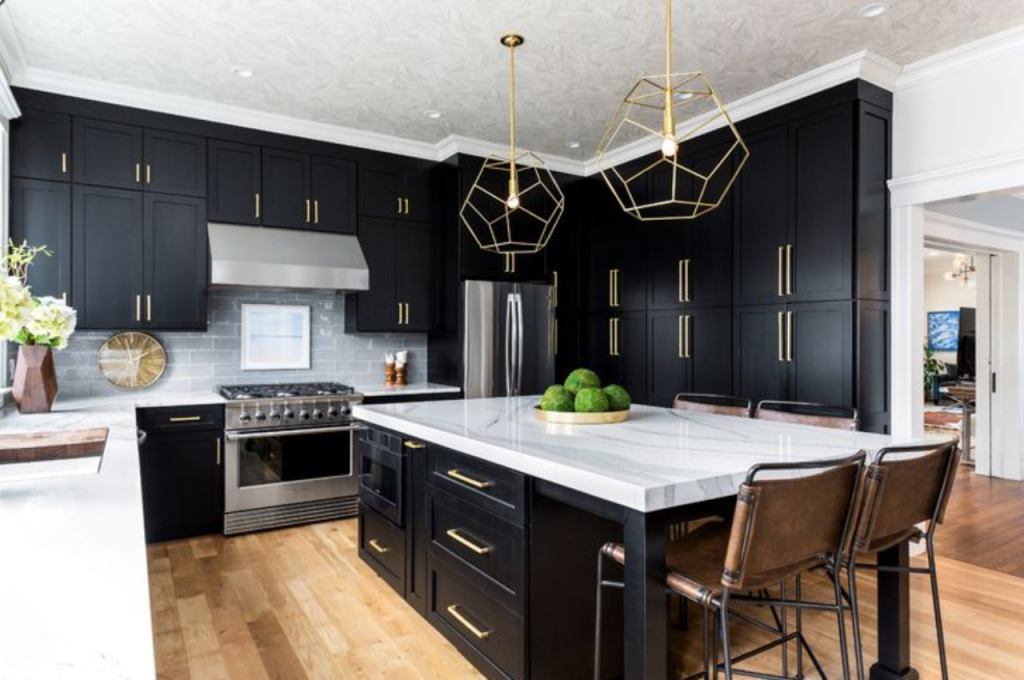
- Painting kitchen cabinets instead of replacing them can give your kitchen a fresh new look without a hefty price tag.
- Invest in quality cookware and appliances that will last you a long time, saving you money in the long run.
- Add open shelves or hanging racks to display your cookware and free up cabinet space.
- Use inexpensive accessories, such as colorful tea towels or potted herbs, to add pops of color and personality to the space.
- Consider replacing cabinet hardware for an instant update that won’t break the bank.
Bathroom
The bathroom is a room where functionality meets relaxation. Here are some cost-effective tips for decorating your bathroom:
- Update fixtures, such as faucets and showerheads, to improve the overall look and feel of the space.
- Opt for a fresh coat of paint or wallpaper to add personality to the room.
- Use storage solutions, such as baskets or shelving, to keep the space organized and clutter-free.
- Incorporate inexpensive accessories, like a new shower curtain or decorative towels, to give the room a quick refresh.
- Add mirrors to create the illusion of a larger space and reflect natural light.
Budget-friendly Renovation Ideas
Renovating your house doesn’t have to break the bank. With a little creativity and strategic planning, you can give your home a fresh new look without spending a fortune. In this section, we will explore some budget-friendly renovation ideas that can transform your house into a stylish and inviting space.
Painting Walls Instead of Wallpapering
One of the easiest and most cost-effective ways to revamp your home is by painting the walls. Not only does it allow you to personalize your space, but it also offers a wide range of color options to suit your taste and style. Painting a room can cost significantly less than wallpapering, and it gives you the freedom to change the color whenever you desire.
To make the most of your painting project, consider the following tips:
- Choose high-quality paint that offers good coverage and durability.
- Opt for lighter colors to make the room appear more spacious and brighter.
- Experiment with accent walls by using a contrasting color to add depth and visual interest.
- Don’t forget to prepare the walls properly by filling any cracks or holes and sanding rough surfaces.
Changing Hardware for A Fresh Look
Updating the hardware in your home is an affordable way to give your space a facelift. Whether it’s the handles on your kitchen cabinets, the doorknobs in your bathroom, or the pulls on your dresser, replacing old and worn-out hardware can instantly transform the look and feel of a room.
Here are a few tips for choosing and replacing hardware:
- Consider the overall style and theme of your home when selecting new hardware. This will ensure a cohesive and harmonious look throughout.
- Measure the existing hardware before purchasing replacements to ensure a proper fit.
- Don’t be afraid to mix and match different styles, colors, and finishes to add visual interest.
- Remember that even small changes, such as updating switch plates or outlet covers, can make a big difference.
Updating Lighting Fixtures
Lighting plays a crucial role in the overall ambiance of your home. By replacing outdated light fixtures with newer, more modern options, you can instantly freshen up your space and create a more inviting atmosphere.
Consider the following tips when updating your lighting fixtures:
- Choose fixtures that complement the style of your home. Whether it’s a sleek and contemporary design or a vintage-inspired piece, make sure it aligns with the overall aesthetics.
- Pay attention to the brightness and color temperature of the bulbs you choose. Warm white bulbs create a cozy and intimate atmosphere, while cool white bulbs are more suitable for task lighting.
- Don’t forget to install dimmer switches to adjust the lighting based on your needs and mood.
These budget-friendly renovation ideas prove that transforming your house doesn’t have to cost a fortune. By painting walls instead of wallpapering, changing hardware for a fresh look, and updating lighting fixtures, you can achieve a stylish and inviting space without breaking the bank.
Avoiding Common Overspending Traps
Decorating a house doesn’t have to break the bank. Learn how to avoid common overspending traps and determine the right cost for your home decor.
Avoiding common overspending traps impulse buying ignoring hidden costs not comparing quotes decorating a house can be exciting yet challenging.To avoid overspending, keep a close eye on common pitfalls. Impulse Buying Impulse buying leads to unnecessary purchases. Set a budget and stick to it to avoid impulsive decisions. Ignoring hidden costs overlooked expenses, like taxes or delivery fees, can quickly add up. Factor these in your budget beforehand. Not Comparing Quotes Failure to compare quotes may result in overspending. Obtain multiple quotes to find the best value for your budget.
Consulting Professionals On A Budget
When decorating a house on a budget, consulting professionals can help you achieve a well-designed space without breaking the bank. There are cost-effective ways to access interior design expertise without overspending. Here are some options for consulting professionals on a budget:
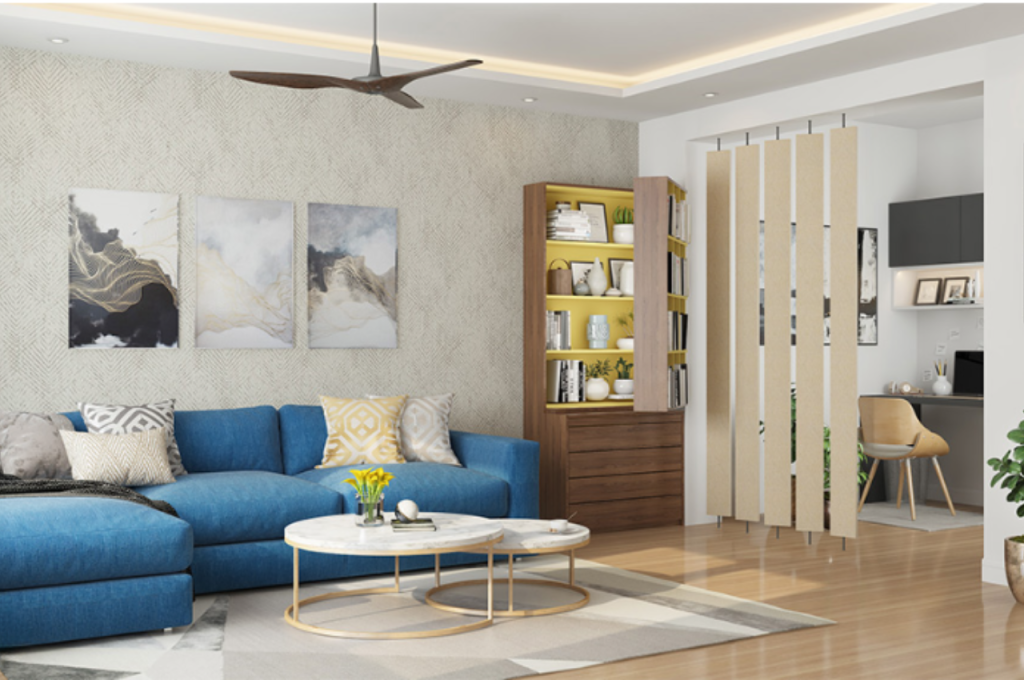
Using Online Interior Design Services
Online interior design services offer a convenient and affordable option for homeowners seeking professional design advice. These platforms connect you with experienced interior designers who can provide personalized recommendations, mood boards, and shopping lists—all within a specified budget. This approach allows you to access expertise without the hefty price tag typically associated with traditional interior design services.
Hiring A Decorator for Specific Tasks
When working within a budget, consider hiring a decorator for specific tasks rather than a full-service design package. For example, you can enlist a decorator to assist with space planning, color selection, or furniture arrangement—focusing on the aspects of design that require professional guidance while managing other elements on your own or with the help of friends and family.
Conclusion
From paint to furniture, decorating costs vary. Remember, quality matters more than quantity. It’s vital to prioritize essentials and stay within budget. By making wise choices, you can create a beautiful home without breaking the bank. Enjoy the process and let your creativity shine through!
